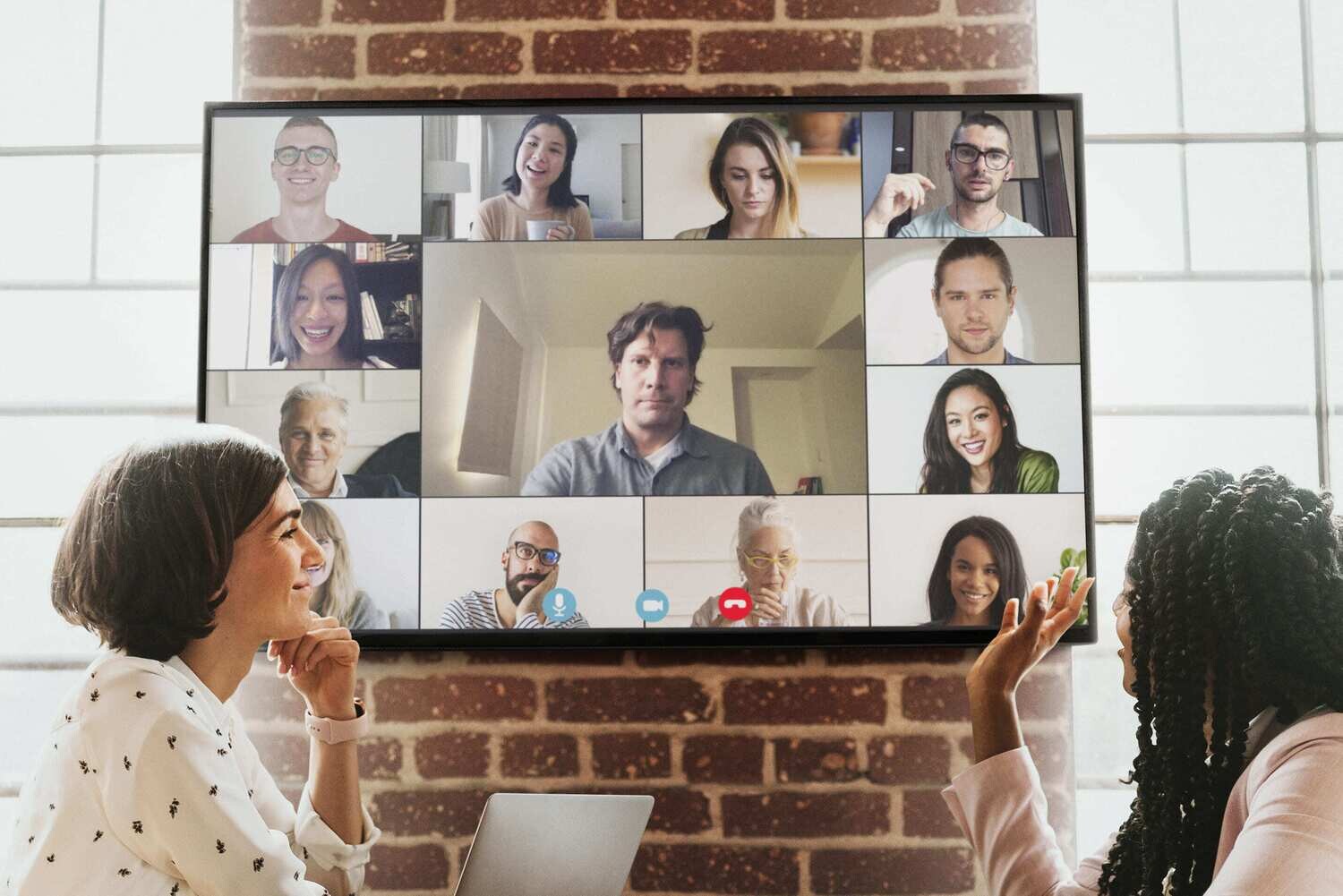The Power of Speech Acts: Make Things Happen with Active Language Choices
The Power of Speech Acts: Make Things Happen with Active Language Choices
Session Description
There are seven different types of speech acts that drive all communication. Expressions, factual statements, directives, requests, apologies, declarations, and commitment statements fall into two categories.
One category is passive with words that do not always create forward action. The other is a generative category that produces results.
This session highlights the power of using all seven with a fluency that creates purposeful and effective change in the workplace.
Learning Objectives
- Learning the distinctions of speech acts
- Identifying the dominant discourse within your organization
- Discovering how your preferences for language may be working or hindering
- Creating awareness of how using all seven of the speech acts with fluency can produce powerful results
Methodology
- Instruction/Lecture
- Individual activities
- Large group discussion and Q&A
Target Audience
- Leaders at all levels
- Staff at all levels
The Power of Speech Acts: Make Things Happen with Active Language Choices
The Power of Speech Acts: Make Things Happen with Active Language Choices
Session Description
There are seven different types of speech acts that drive all communication. Expressions, factual statements, directives, requests, apologies, declarations, and commitment statements fall into two categories.
One category is passive with words that do not always create forward action. The other is a generative category that produces results.
This session highlights the power of using all seven with a fluency that creates purposeful and effective change in the workplace.
Learning Objectives
- Learning the distinctions of speech acts
- Identifying the dominant discourse within your organization
- Discovering how your preferences for language may be working or hindering
- Creating awareness of how using all seven of the speech acts with fluency can produce powerful results
Methodology
- Instruction/Lecture
- Individual activities
- Large group discussion and Q&A
Target Audience
- Leaders at all levels
- Staff at all levels

